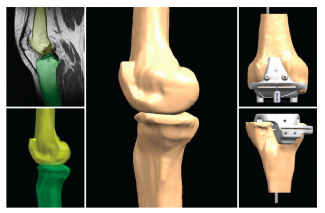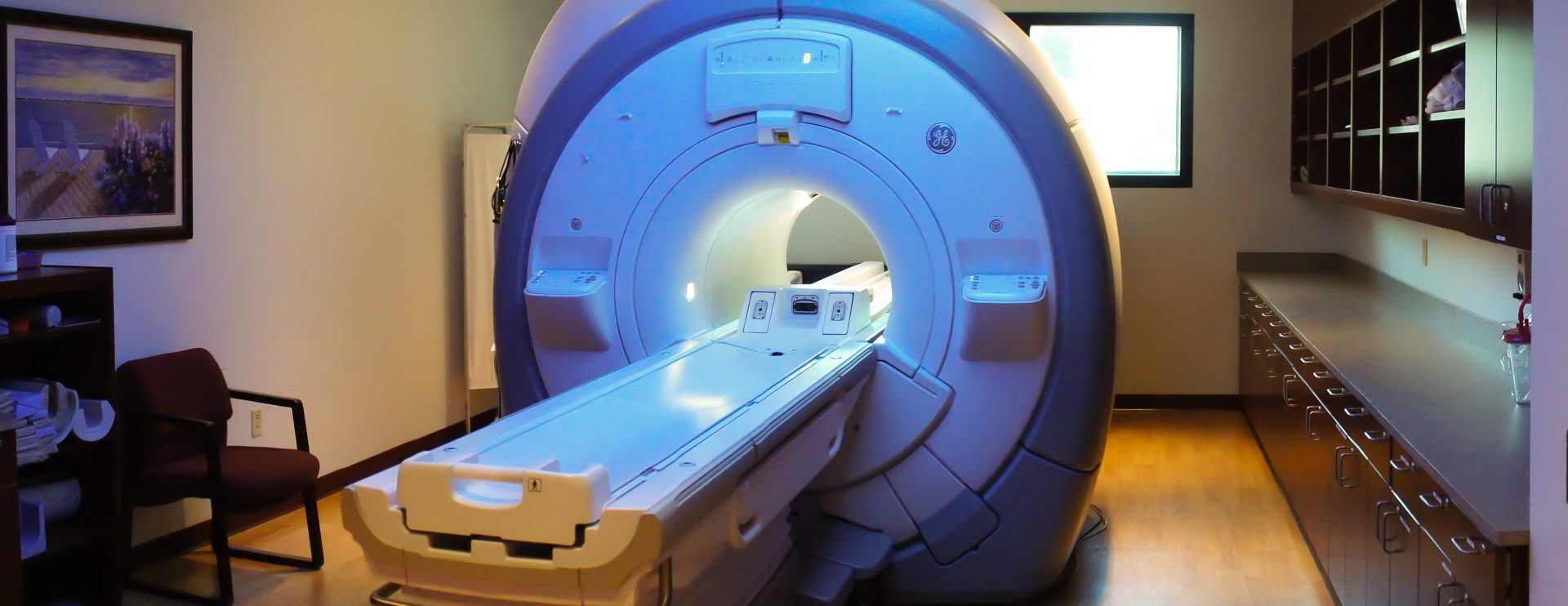VISIONAIRE Patient Matched Technology
VISIONAIRE Patient Matched Instrumentation by Smith and Nephew, Inc
Why your MRI scans are so important
Greater Waterbury Imaging Center is one of a handful of imaging centers in Connecticut certified to provide specific MR images of the knee anatomy for patients who need knee joint replacement and are using the VISIONAIRE custom cutting blocks product. The precision of the images is critical to the success of the patient’s surgery and we are proud to be able to provide these scans.
VISIONAIRE™ Patient Matched Instrumentation is a patient-specific product, which requires MRI and X-Ray images to make the product. The images are used to create a custom knee part for knee arthroplasty designed for that specific patient.
VISIONAIRE Patient Matched Instrumentation also eliminates multiple steps from surgery and provides patients with a less invasive alternative to total knee replacement.
VISIONAIRE Patient Matched Instrumentation uses the patient’s own MRI and full leg X-Ray to design cutting blocks specific to that patient. For detailed information on the Visionaire product and the requirements for imaging centers please visit the Visionaire website.

Patient Benefits:
- Less blood loss during procedure
- An easier operation could get patients home faster
- Potentially less pain following the procedure
- Patient specific alignment may lead to better patient outcomes
- VISIONAIRE™ Patient Matched Instrumentation eliminates as many as 22 steps and may shorten surgery time, meaning your patient needs less time under anesthesia
Benefit to surgeons
- VISIONAIRE™ Patient Matched Instrumentation may reduce OR time and set up by eliminating 20 – 22 surgical steps from a standard TKA4
- Reduces sterilization due to less instruments required for surgery
- Eliminates need to violate the intramedullary canal, reducing blood loss and complications from fat emboli
- Improves alignment and sizing by using computer–generated images of the patient’s anatomy to determine bone cuts and implant positioning preoperatively
References
- Monto RR, Garcia J, Callaghan JJ. Fatal fat embolism following total condylar knee arthroplasty. J Arthroplasty. 1990. (5):291–299.
- Noble JW, Moore CA, Liu N. The Value of Patient-Matched Instrumentation in Total Knee Arthroplasty. J Arthroplasty in Press, 2011.
- Novak EJ, Silverstein MD, Bozic KJ. The Cost Effectiveness of Computer-Assisted Navigation in Total Knee Arthroplasty. J Bone Joint Surg Am.
- (89):2389–97.
- 40420112 GENESIS™ II DCF Surgical Technique


